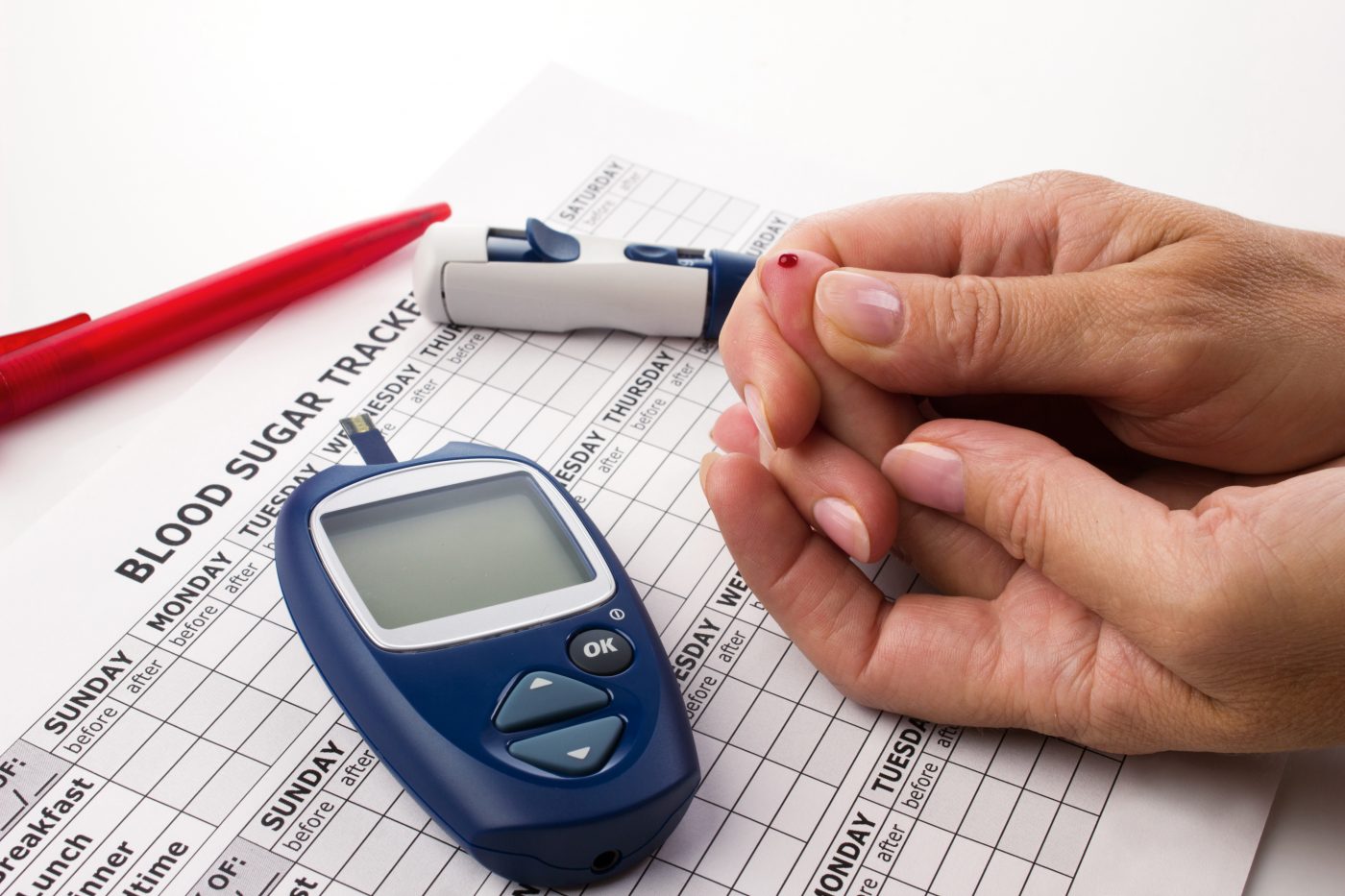A recent study published in the journal JAMA had, as its goal, the characterization of the diabetes trends between the period of 1988 to 2012. The study, entitled “Prevalence of and Trends in Diabetes Among Adults in the United States, 1988-2012” reports an increase in diabetes prevalence in the United States.
In the study, a person was diagnosed with diabetes through the following means:
- Having a Hemoglobin A1c level equal or greater than 6.5%
- Having a fasting blood sugar level of 126 mg/dL
- Having a 2 hour glucose measurement equal or greater than 200 mg/dL after a glucose load.
The increase in prediabetes during the same period was also evaluated, and the prevalence of diabetes and prediabetes was stratified between the following ethnic groups:
- Non-Hispanic whites
- Non-Hispanic African-Americans
- Non-Hispanic Asians
- Hispanics
The study revealed that there was a much greater prevalence of diabetes among Non-Hispanic African-Americans, Non-Hispanic Asians, and the Hispanic population when compared to non-Hispanic whites. The overall prevalence of diabetes was found to be about 12.3 percent to 14.3 percent (depending on the diagnostic criteria used). The prevalence in non-Hispanic whites was low at only 11.3 percent, while the rates among the other ethnic groups was nearly double that of non-Hispanic whites.
A total of 25.2 percent to 36.4 percent (depending on the diagnostic criteria used) of all individuals were undiagnosed at the time of the study. Researchers found a rise in the number of overall diabetes cases between 1988 and 2004, with more than half of all the non-Hispanic Asians being undiagnosed at the time of the trial. The overall increase in diabetes patients was from 9.8 percent of the population in 1988-1994 to 12.4 percent in 2011-2012. The increase was found among all ethnicities, all ages, and in all socioeconomic groups.
Diabetes prevalence was about 33 percent in those aged 65 and older, 17.4 percent in those aged 45-64, and 5 percent in those under the age of 45 years. The rate of diabetes between men and women was not significant.
Diabetes is a serious disease that is usually a result of lifestyle changes that lead to inactivity, eating poorly, and often obesity. The disease not only leads to high blood sugar levels, but it can also cause end organ damage such as diabetic neuropathy, kidney failure, diabetic retinopathy and heart disease. The increase in the prevalence of diabetes reflects an increase in the symptoms of end organ disease as well.
The increase in diabetes prevalence is worrisome because it may reverse trends in the reduction of kidney failure, stroke, and heart disease, which can be treatable but at a great cost to both the healthcare system and the patient.


